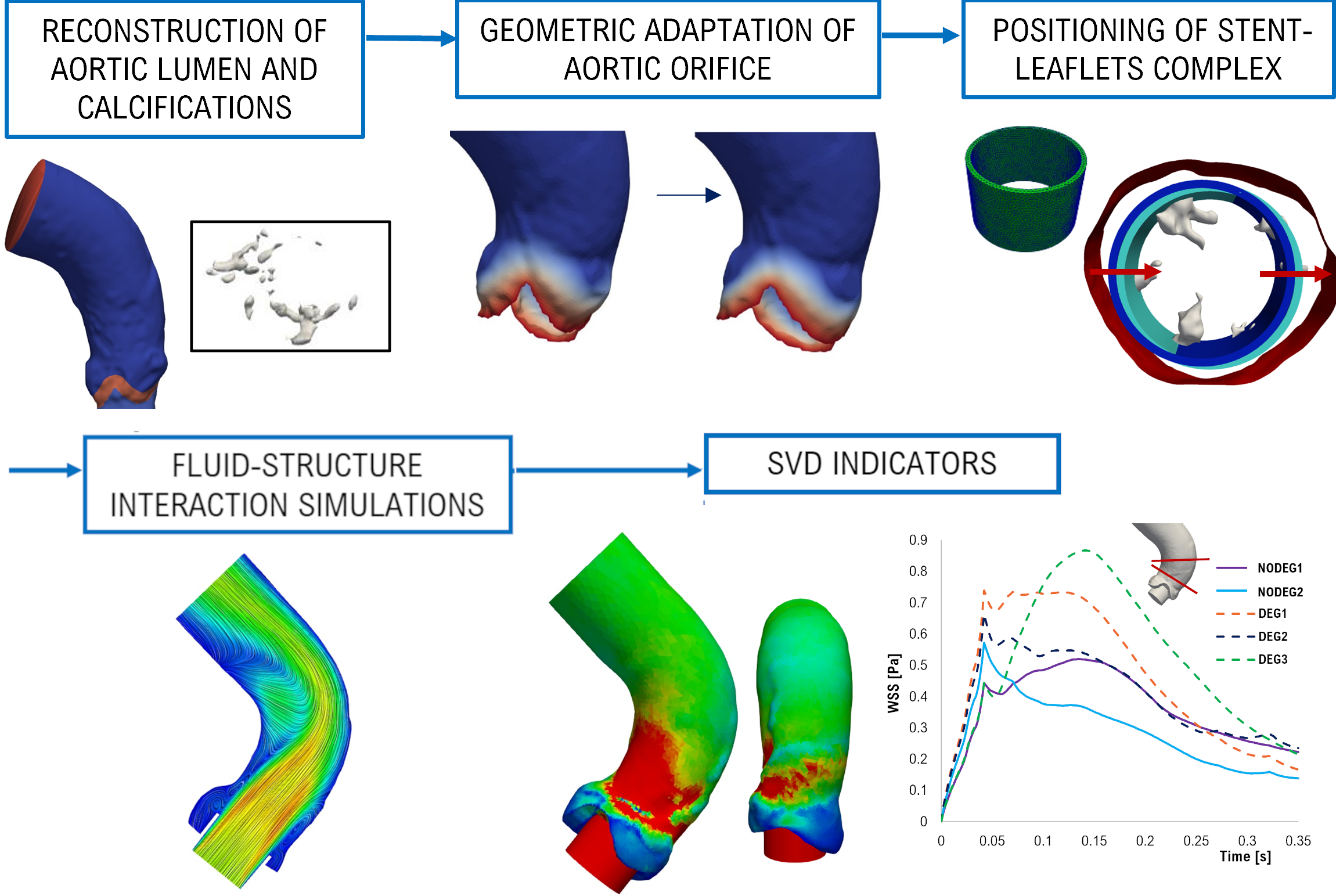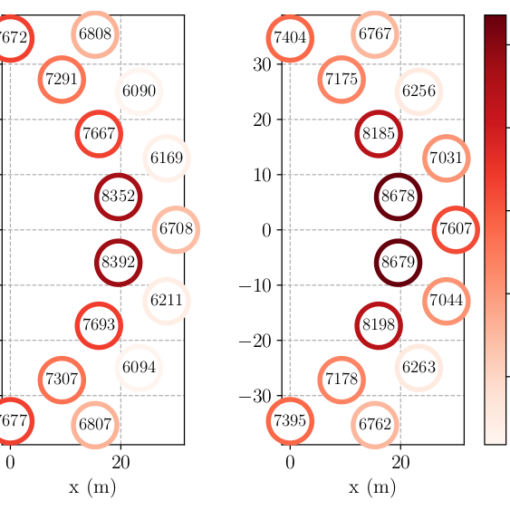A new MOX report entitled “Fluid-structure interaction analysis of transcatheter aortic valve implantation” by Fumagalli, I.; Polidori, R.; Renzi, F.; Fusini, L.; Quarteroni, A.; Pontone, G.; Vergara, C. has appeared in the MOX Report Collection.
The report can be donwloaded at the following link:
https://www.mate.polimi.it/biblioteca/add/qmox/29/2022.pdf
Abstract: Transcatheter aortic valve implantation (TAVI) is a minimally invasive intervention for the treatment of severe aortic valve stenosis. The main cause of failure is the structural deterioration of the implanted prosthetic leaflets, possibly inducing a valvular re-stenosis 5-10 years after the implantation. Based solely on pre-implantation data, the aim of this work is to identify fluid-dynamics and structural indices that may predict the possible valvular deterioration, in order to assist the clinicians in the decision-making phase and in the intervention design. Patient-specific, preimplantation geometries of the aortic root, the ascending aorta, and the native valvular calcifications were reconstructed from computed tomography images. The stent of the prosthesis was modeled as a hollow cylinder and virtually implanted in the reconstructed domain. The fluid-structure interaction between the blood flow, the stent, and the residual native tissue surrounding the prosthesis was simulated by a computational solver with suitable boundary conditions. Hemodynamical and structural indicators were analyzed for five different patients that underwent TAVI – three with prosthetic valve degeneration and two without degeneration – and the comparison of the results showed a correlation between the leaflets’ structural degeneration and the wall shear stress distribution on the proximal aortic wall. This investigation represents a first step towards computational predictive analysis of TAVI degeneration, based on pre-implantation data and without requiring additional peri-operative or follow-up information. Indeed, being able to identify patients more likely to experience degeneration after TAVI may help to schedule a patient-specific timing of follow-up.




